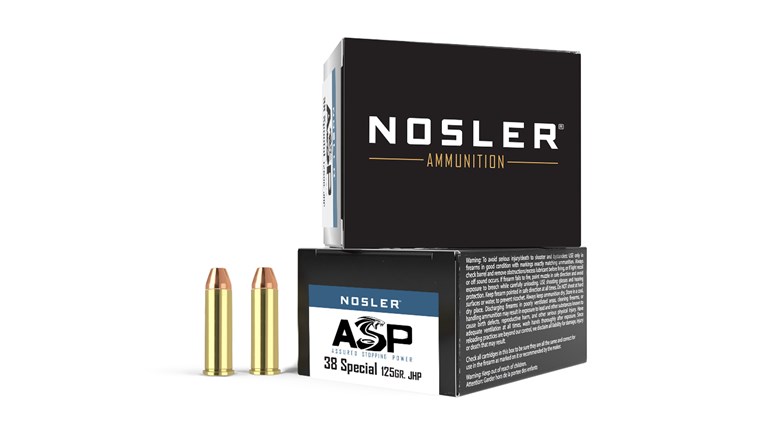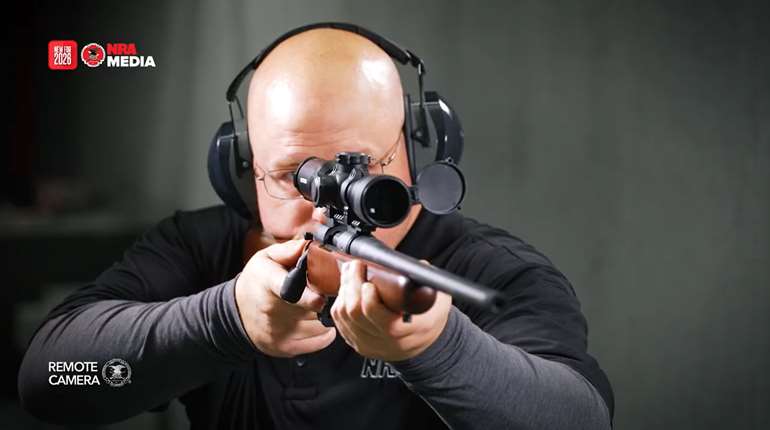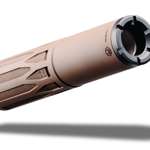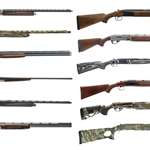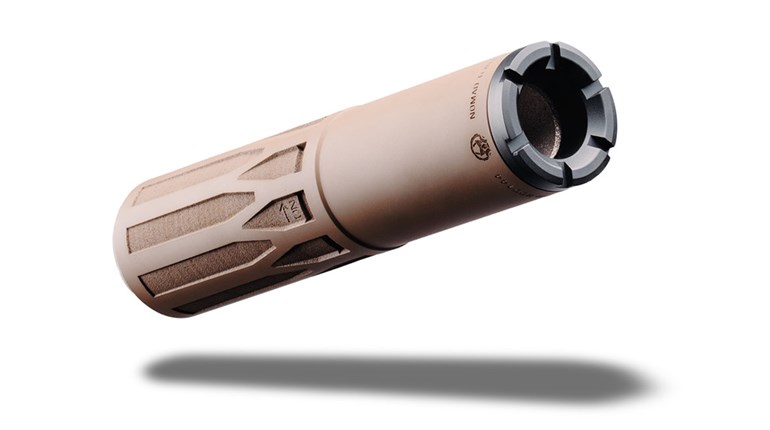Dawn and dusk have magic, but you may well score more often at midday.
"Whitetails under pressure can become almost entirely nocturnal," a biologist pointed out. "It's not natural habit; it's learned behavior. Natural selection at work. Hunters kill first the deer that move at dawn and dusk, during legal shooting hours." He shrugged. "We teach deer to lie low in daylight, like we teach rooster pheasants to run."
A Southeast Deer Study Group reviewing hunter activity reported that only 58 percent of hunters on stand at dawn remained there into early afternoon. Some got up to stretch their legs and walked about. The others headed to camp or a restaurant or home, for lunch. But not only does a midday exit deny these hunters a crack at late-moving game, it stirs up bedded animals that often pass by hunters still on stand.
But sitting past prime time seems counter-intuitive. If deer didn't come by your stand when they were up and moving, how can you expect more action at midday? Going to the deer is an option, but it's tough to sneak through brush chosen by animals to hide them as it signals your approach. Old bucks bed where prevailing winds or thermals deliver scent from paths hunters use. In crisp litter and crusty snow, your step is noisy. Through lattices of brush, hidden deer catch your movement with eyes you never see.
As the sun climbs, such truths weigh heavily on hunters. They're ready to leave the treestand, or that promontory where they've sat since dawn's first blush. They could switch to still-hunting and tiptoe into tight places. They could stay on stand. But they don't. Many hunters think it's a waste of time. Hunting at midday is difficult or boring and, they think, unfruitful.
Well, it can be hard. But it's not always unfruitful. In fact, four of the last five bucks I've killed—whitetails and mule deer—have fallen between 10 a.m. and 2 p.m.
One dark day last November, as snow squalls lashed the prairie, I groped for reasons to persevere. Stinging, horizontal snow blew across my front as I eased through a patch of head-high weeds on a field fringe. A solid form—just a dark spot in a slot—caught my eye. I wiped snow from the binocular. There! The backline of a buck! A short sneak earned me a bigger window. I knelt and made the 80-yard shot with my 6.5 Creedmoor.
At dawn and dusk, animals are alert because they're up and visible and moving into places not yet proven secure. By midday, hunting pressure has eased off. Game drops its guard.
You'll find more reasons to hunt during midday—and learn how to do it—in Wayne van Zwoll's feature article, which can be found right here.














